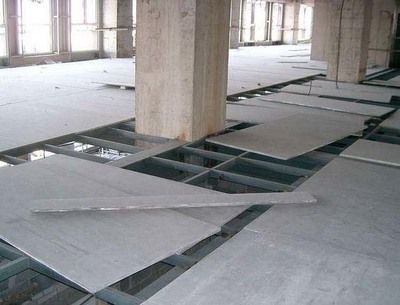
Gymnasium Design: A Comprehensive Guide,The design of a gymnasium is critical in creating an environment that promotes physical activity, safety, and comfort. This guide provides essential information on the key elements to consider when designing a gymnasium, including its dimensions, layout, materials, and features.,Dimensions: The size of a gymnasium should be determined based on the number of people it will accommodate and their expected usage. It is important to consider factors such as the number of athletes, coaches, and spectators, as well as the space required for equipment storage and maintenance.,Layout: The layout of a gymnasium should be designed to facilitate movement and prevent accidents. It is recommended to have a central area for activities such as basketball or volleyball, while separate areas can be designated for different sports or events. Additionally, proper lighting and ventilation systems should be incorporated to ensure a comfortable and safe environment.,Materials: The construction materials used in a gymnasium should be durable and resistant to wear and tear. Common materials include concrete, steel, and glass. It is important to choose materials that are easy to clean and maintain, as well as ones that are aesthetically pleasing.,Features: Some additional features that can enhance the overall experience of a gymnasium include sound systems, locker rooms, showers, and changing rooms. These features can provide additional amenities and convenience for athletes and spectators alike.
- What is the purpose of a gymnasium design?
- How does the layout of a gym affect the functionality of the space?
- What materials are commonly used in gymnasium construction to ensure durability and safety?
- How do modern gymnasium designs incorporate natural lighting and ventilation systems?
- What are some common features that are included in a well-designed gymnasium?


發表評論
還沒有評論,來說兩句吧...